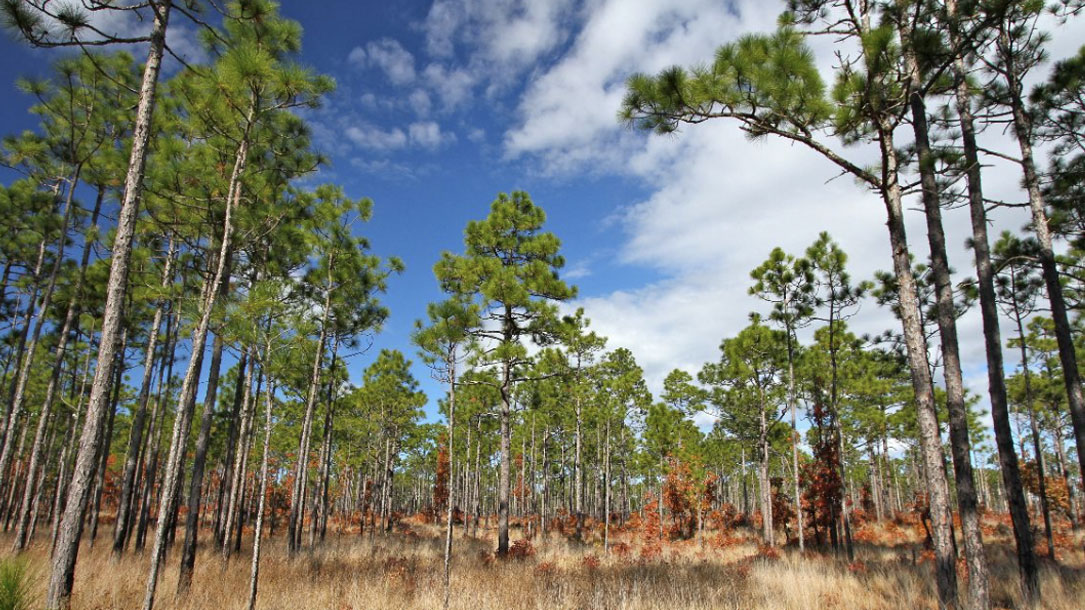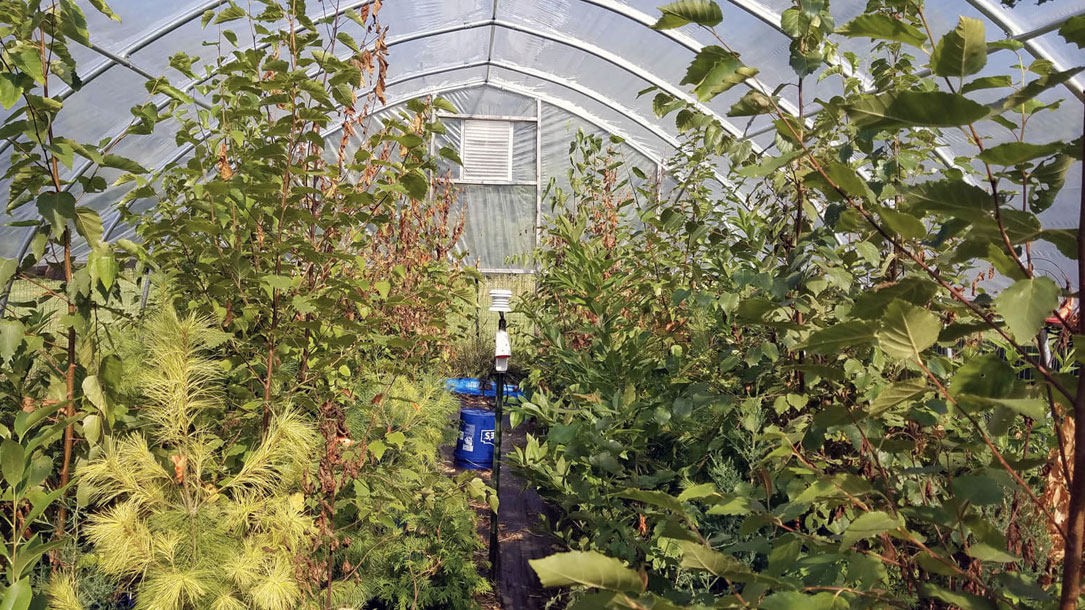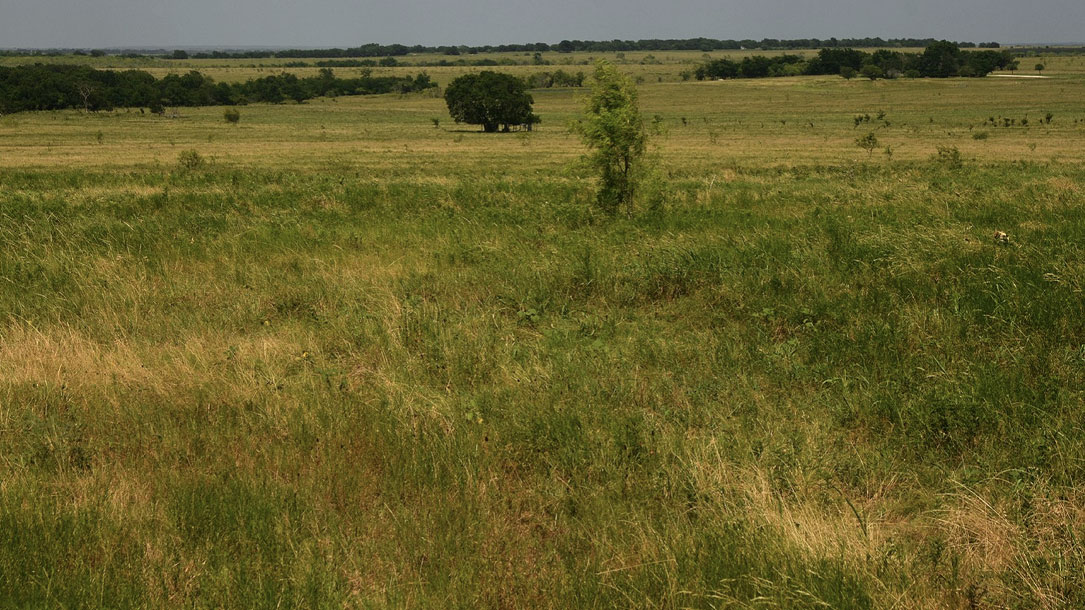
As climate shifts, species will need to relocate, and people may have to help them
Climate change is already affecting plants and animals worldwide and is a growing threat to biodiversity, adding a new layer to the existing challenges of habitat loss, invasive species, pollution, and overexploitation. A new study surveyed the recommendations of scientists for managing biodiversity in the face of climate change, providing a summary of practical guidance and identifying areas in need of further research…

Carbon offsets, illustrated
The Nature Conservancy has provided a brief guide to one of the climate solutions we need in order to achieve a low-carbon future, faster: natural climate solutions.
They note that we need to cut emissions from fossil fuels and reduce excess carbon dioxide and other planet-warming gases soon, to avoid the worst of the climate change impacts. This might be something you could share with those who are interested in authentic carbon offsets.

Why keeping mature forests intact is key to the climate fight
Preserving mature forests can play a vital role in removing CO2 from the atmosphere, says policy scientist William Moomaw. In an e360 interview, he talks about the importance of existing forests and why the push to cut them for fuel to generate electricity is misguided…
In an interview, they talk about the challenge in general, what’s happening in the Southeastern U.S., and the wood pellet and biomass-burning industry that is driving the deforestation. They also share what can be done about it…

Study: Drought determining tree height and diameter growth
Droughts interact with tree phenology to drive declines in growth. As climate change makes drought more likely in the Northeastern USA, it is important to understand how droughts at different times of year will lead to reduced height and diameter growth of trees…

Study finds trees vary in their recovery from drought stress, with implications for future forests
With over four feet of annual precipitation in the Northeast United States, drought is not often considered a major factor affecting the region’s forests. But warming temperatures cause forests to dry out quicker between rains. Seedlings are especially vulnerable because their nascent root systems can’t access moisture deeper in the soil, according to a University of Maine-led study.
The timing of drought also affects which tree species are more vulnerable, according to the findings of the study, published in the journal Annals of Botany PLANTS…

A different kind of land management: let the cows stomp
Adam Isaacs stood surrounded by cattle in an old pasture that had been overgrazed for years. Now it was a jumble of weeds.
“Most people would want to get out here and start spraying it” with herbicides, he said. “My family used to do that. It doesn’t work.”
Instead, Mr. Isaacs, a fourth-generation rancher on this rolling land in the northeast corner of the Texas Panhandle, will put his animals to work on the pasture, using portable electrified fencing to confine them to a small area so that they can’t help but trample some of the weeds as they graze.

The Secret Weapon to Healthier Soil
Cover crops, an age-old farming strategy, can help boost soil health, protect water sources, and create fields that are more resilient to climate change. Watch how…

A natural path for U.S. climate action
When it comes to the impact and potential of land management on global warming, everything really is bigger in Texas. Unless you’re talking about agricultural lands—then everything is bigger in Iowa. Or if you’re talking about the impact of urban trees, that’s biggest in Florida—though it’s also pretty big in Texas…

Linking prairie carbon sequestration and other co-benefits to the voluntary carbon market
A research study at Midewin concluded that prairie restoration led to increased carbon stocks in degraded soils. At Midewin, new restorations contained about 1.5x more carbon than no-till row crops and remnant prairie soils contained about 3 to 4x the carbon stocks than no-till row crops. To supplement the research a literature review was conducted and based on 29 studies, perennial grasslands sequestered on averaged 1.7 metric tons of CO2 per acre per year…

Development by design: Mitigating wind development’s impacts on wildlife in Kansas
Wind energy, if improperly sited, can impact wildlife through direct mortality and habitat loss and fragmentation, in contrast to its environmental benefits in the areas of greenhouse gas, air quality, and water quality. Fortunately, risks to wildlife from wind energy may be alleviated through proper siting and mitigation offsets. Here we identify areas in Kansas where wind development is incompatible with conservation, areas where wind development may proceed but with compensatory mitigation for impacts, and areas where development could proceed without the need for compensatory mitigation.












